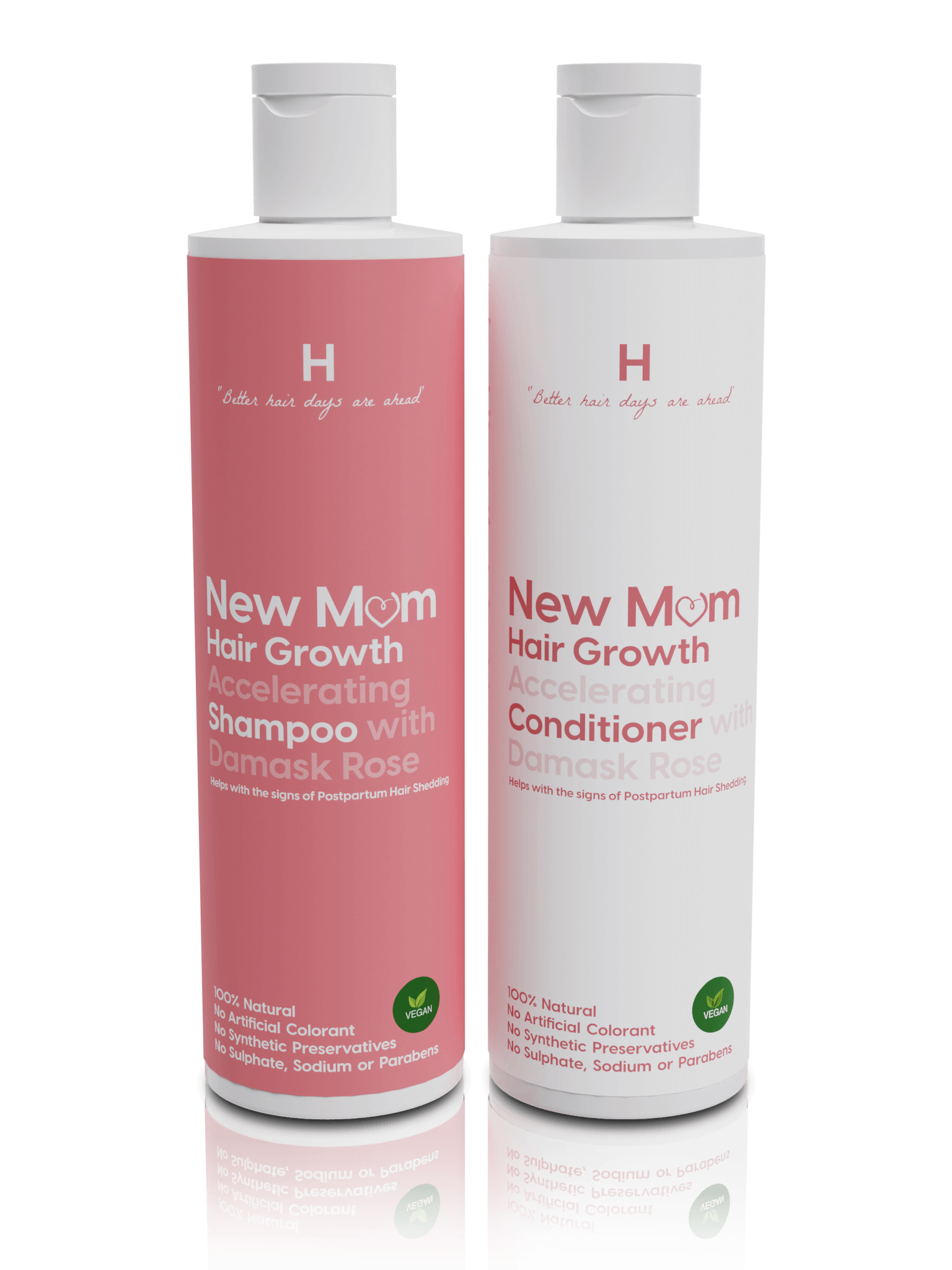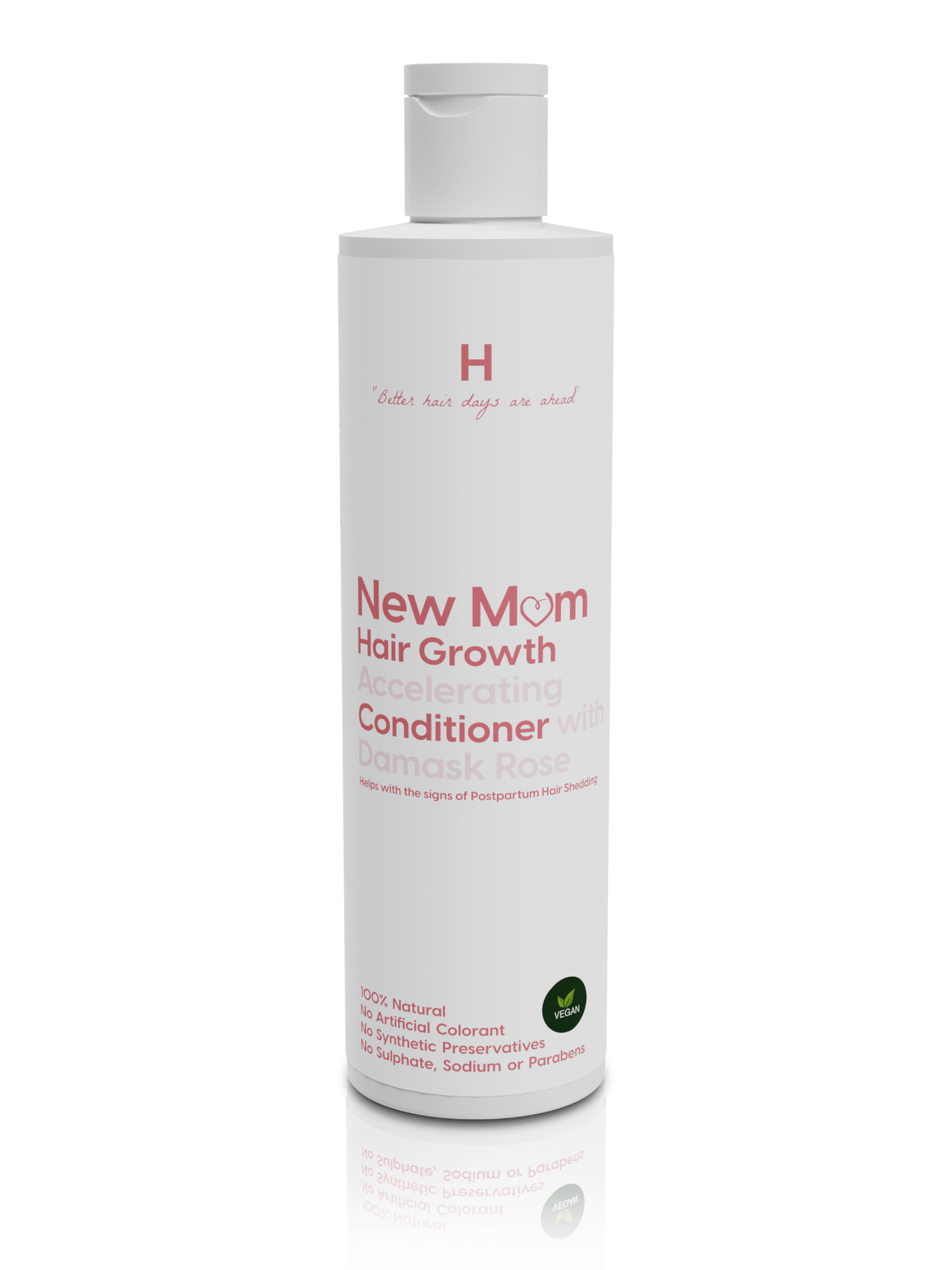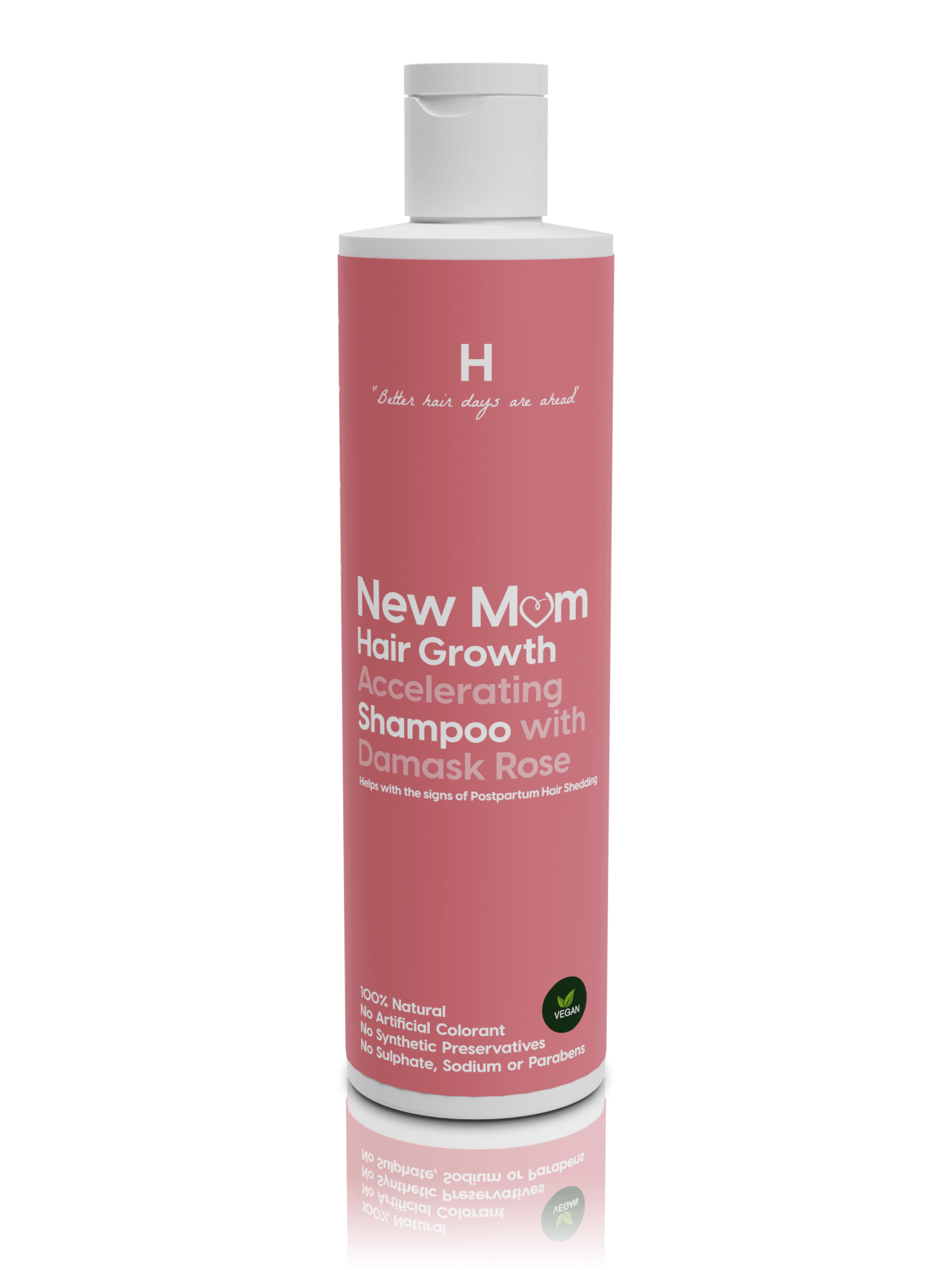Welcoming a baby into the world is a miraculous experience, but along with the joy of motherhood, many women encounter a lesser-known postpartum side effect: hair loss. Postpartum hair loss can be distressing for new mothers, but comprehending the normal hair growth cycle and the influence of hormonal changes during pregnancy and after childbirth can shed light on this temporary phenomenon.
The Hair Growth Cycle: An Intricate Dance:
Understanding the hair growth cycle is crucial to comprehend the process of postpartum hair loss. The hair growth cycle consists of three main phases: anagen (growth), catagen (transition), and telogen (resting). Each hair follicle goes through this cycle independently, ensuring a constant turnover of hair on our scalp.
Anagen Phase: The Growth Phase:
The anagen phase is the active growth phase of the hair follicle. During this period, cells in the hair bulb divide rapidly, pushing the hair strand upward. On average, hair remains in the anagen phase for two to seven years, leading to longer and thicker hair growth.
Catagen Phase: The Transition Phase:
Following the anagen phase, the hair follicle enters the catagen phase, which is a short transitional period. During this phase, hair growth stops, and the hair follicle detaches from its blood supply. The catagen phase lasts for approximately two to three weeks.
Telogen Phase: The Resting Phase:
The telogen phase is a resting phase where the hair follicle remains inactive before shedding. Approximately 10-15% of hair follicles are in the telogen phase at any given time. This phase typically lasts for about three months.
Hormonal Changes and Disruptions:
Hormonal fluctuations play a vital role in hair growth and shedding patterns, both during pregnancy and after childbirth. Estrogen, a hormone abundant during pregnancy, extends the anagen phase, resulting in reduced hair shedding and thicker, fuller hair. However, after giving birth, hormone levels shift dramatically. Estrogen levels plummet, and the body begins to shed the excess hair that accumulated during pregnancy.
The Postpartum Shedding Phase:
Around two to four months after childbirth, many women experience postpartum hair shedding. This shedding occurs as the hair follicles that were prolonged in the anagen phase during pregnancy shift into the telogen phase. The accumulated hair that should have shed during the preceding months starts to fall out, resulting in increased hair loss.
Embracing the Natural Process:
It is important to note that postpartum hair loss is a temporary condition, and most women’s hair returns to its pre-pregnancy state within six to twelve months after childbirth. The hair growth cycle gradually normalizes, and new hair starts to grow in place of the shed strands. Patience and self-care are key during this phase, allowing the body to recover and adjust.
Conclusion:
Postpartum hair loss is a common occurrence among new mothers, stemming from the hormonal changes that disrupt the normal hair growth cycle. Understanding the intricacies of the hair growth phases and the influence of hormonal fluctuations during and after pregnancy can provide reassurance and help new mothers navigate this temporary phase with confidence. Embracing the natural process, practicing self-care, and seeking support from healthcare professionals and fellow mothers can alleviate concerns and promote self-acceptance. Remember, the beauty of motherhood extends far beyond physical appearances, and the bond shared with your baby is a testament to the incredible journey you have embarked upon.
New Mom
Our New Mom Hair Growth Accelerating Shampoo and Conditioner, for Postpartum Hair issues
Related Articles
September 12, 2023
Scalp Care Essentials during Menopause: Nurturing Your Hair’s Foundation
Menopause is a transformative phase in a woman's life, marked by hormonal…
September 12, 2023
Adapting to Hair Texture Changes During Menopause: Tips and Strategies
Menopause is a natural phase of a woman's life, signaling the end of the…
September 12, 2023
Nutritional Support for Menopausal Hair: A Comprehensive Guide
Menopause is a transformative phase in a woman's life, marked by significant…







